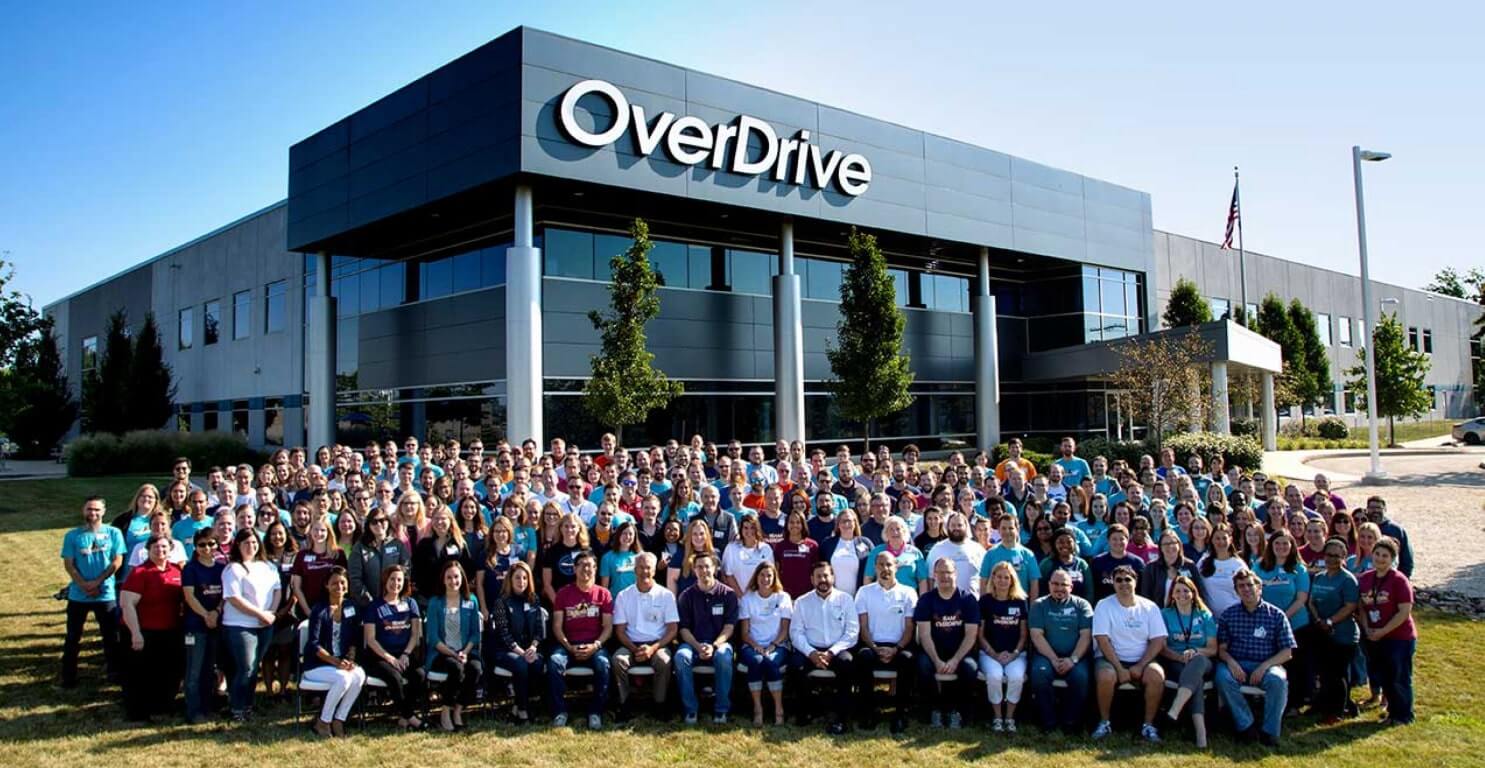It’s a complicated question to answer!
This is because of the complex interplay of the resources involved in the whole lifecycle of a published work: how books and devices are shipped, what energy they use to run, if they can be recycled.
Digital reading is surging into popularity – especially audiobooks. As per the Association of American Publishers, audiobooks now boast about the same share of the total US book market as e-books — roughly 15%. But print is still by far the most popular format.
Publishers Weekly executive editor Andrew Albanese says:
“Publishers are interested in preserving the business that they’ve created over hundreds of years, explaining why the industry is focusing most of its efforts on improving the sustainability of paperback and hardcover books, rather than digital formats. “They are looking to run those print book businesses as efficiently as possible, as cleanly as possible, as green as possible.”
According to 2023 data from the literary industry research group WordsRated, when it comes to pulp and paper, print book publishing is the world’s third-largest industrial greenhouse gas emitter, and 32 million trees are felled each year in the United States to make paper for books. Then there’s the printing and shipping — to say nothing of the many books that are destroyed because they remain unsold.
Although it’s standard practice in the industry, publishers don’t want to destroy books. So instead, many are donating unsold copies, switching to on-demand printing, or, like Chronicle Books, are reducing their initial print runs to see how well the titles sell before they print more.
Chronicle Books president, Tyrrell Mahoney, said:
“We felt that it was better to have a higher cost and have less waste. We have this great partner in India who has now figured out how to use cotton-based up-cycled materials to print as paper.”
Chronicle Books, like many other publishers, is also trying to use more sustainable paper.
But digital reading seems to have a considerable eco-advantage over print because it is paperless, so it saves trees, pulping and shipping. Moreover, tech companies that make e-readers such as Amazon, which sells the market-leading Kindle e-reader, offer recycling programs for old devices.
But digital devices also come with a substantial carbon footprint, predominantly at the manufacturing stage. Their cases are made with fossil-fuel-derived plastics and the minerals in their batteries require resource-heavy mining.
The Answer
Figuring out whether to take a digital device or a paperback to the beach ultimately depends on how voraciously you read.
Berners-Lee, the author of The Carbon Footprint of Everything, says:
“If you buy an e-reader and you read loads and loads of books on it, then it’s the lowest carbon thing to do. But if I buy it, read a couple of books, and decided that I prefer paperback books, then it’s the worst of all worlds.”
Navkiran Dhaliwal is a seasoned content writer with 10+ years of experience. When she's not writing, she can be found cooking up a storm or spending time with her dog, Rain.






